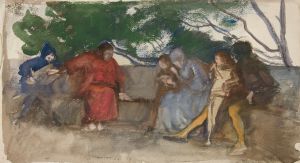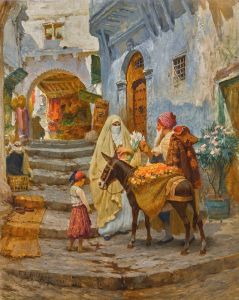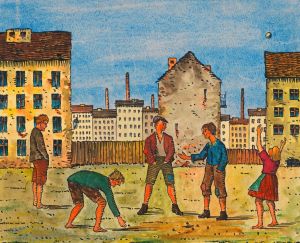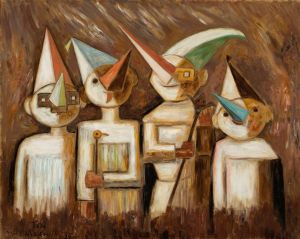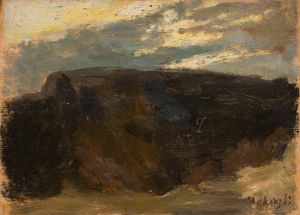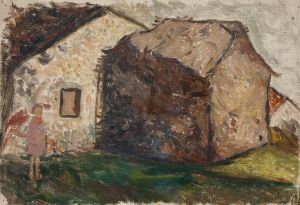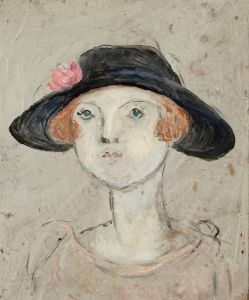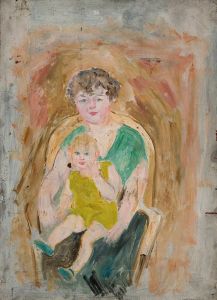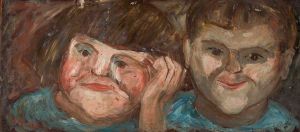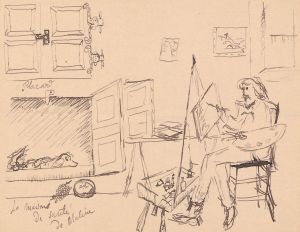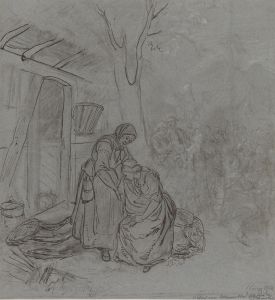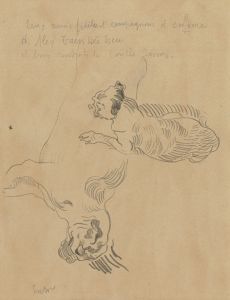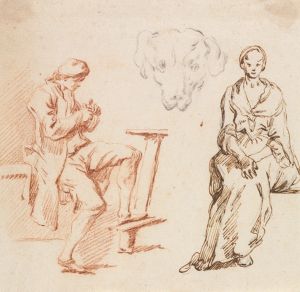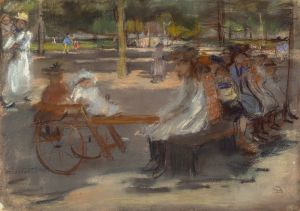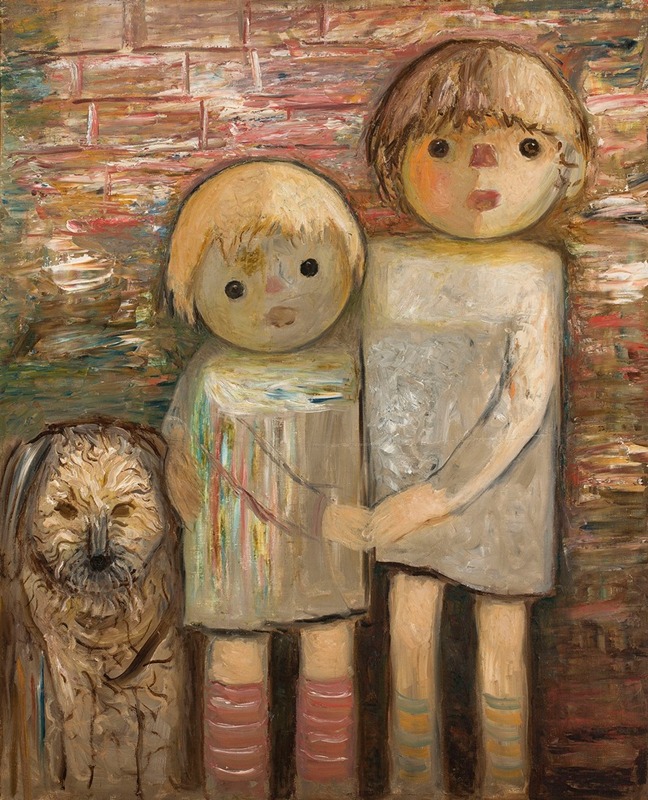
Two children with a dog
A hand-painted replica of Tadeusz Makowski’s masterpiece Two children with a dog, meticulously crafted by professional artists to capture the true essence of the original. Each piece is created with museum-quality canvas and rare mineral pigments, carefully painted by experienced artists with delicate brushstrokes and rich, layered colors to perfectly recreate the texture of the original artwork. Unlike machine-printed reproductions, this hand-painted version brings the painting to life, infused with the artist’s emotions and skill in every stroke. Whether for personal collection or home decoration, it instantly elevates the artistic atmosphere of any space.
Tadeusz Makowski was a Polish painter known for his distinctive style that often depicted scenes of childhood and rural life. Born on January 29, 1882, in Oświęcim, Poland, Makowski initially studied classical philology at the Jagiellonian University in Kraków before turning to art. He later attended the Academy of Fine Arts in Kraków, where he studied under prominent artists such as Józef Mehoffer and Jan Stanisławski. In 1908, Makowski moved to Paris, where he became part of the vibrant artistic community and was influenced by various modernist movements, including Cubism.
"Two Children with a Dog" is one of Makowski's notable works, reflecting his fascination with the innocence and simplicity of childhood. While specific details about the painting's creation date or its current location are not widely documented, it is consistent with Makowski's broader body of work, which often features children, animals, and rural settings. His paintings are characterized by a unique blend of realism and stylization, often employing a muted color palette and simplified forms that convey a sense of nostalgia and whimsy.
Makowski's style evolved over time, moving from the influence of Cubism to a more personal and expressive form. His works frequently depict children in a manner that captures their innocence and playfulness, often set against a backdrop of rural or domestic life. This thematic focus is evident in "Two Children with a Dog," where the subjects are typically rendered with a gentle, almost dreamlike quality. The presence of the dog adds to the scene's charm, emphasizing themes of companionship and the simple joys of life.
Throughout his career, Makowski remained somewhat on the periphery of mainstream art movements, choosing instead to develop his own distinctive voice. His works are appreciated for their emotional depth and the way they capture the essence of childhood. Makowski's paintings often evoke a sense of timelessness, appealing to universal themes that resonate with viewers across different cultures and eras.
Makowski continued to live and work in France until his death on November 1, 1932. Despite spending much of his life outside Poland, his work remains an important part of Polish cultural heritage. His paintings are held in various collections, including the National Museum in Warsaw and the Musée National d'Art Moderne in Paris, among others.
"Two Children with a Dog" exemplifies Makowski's ability to blend simplicity with emotional richness, creating works that are both accessible and profound. His legacy is that of an artist who, while perhaps not as widely known as some of his contemporaries, left a lasting impact through his unique portrayal of childhood and rural life.





